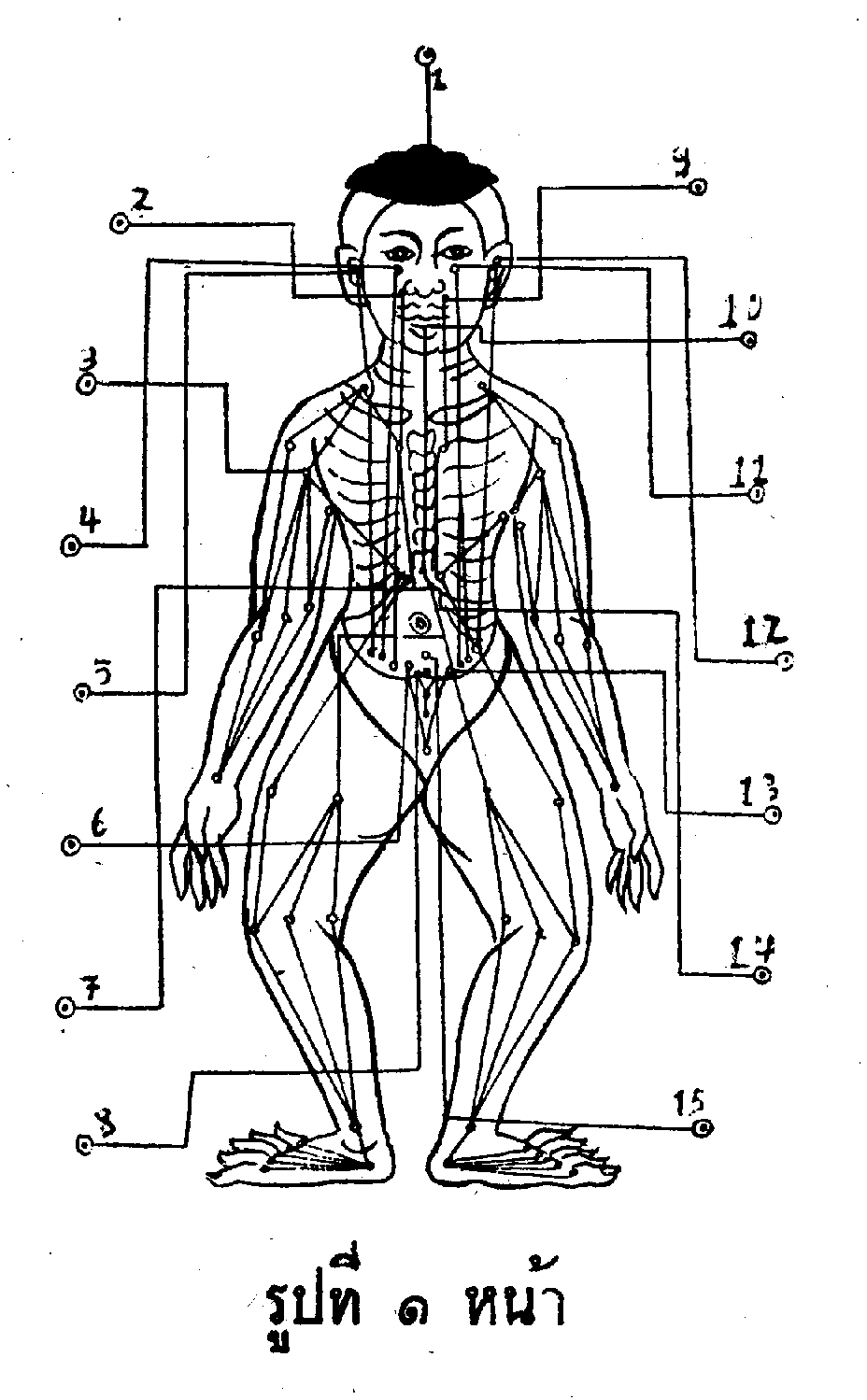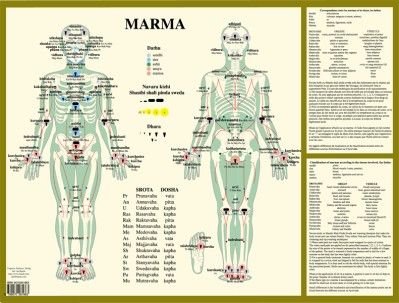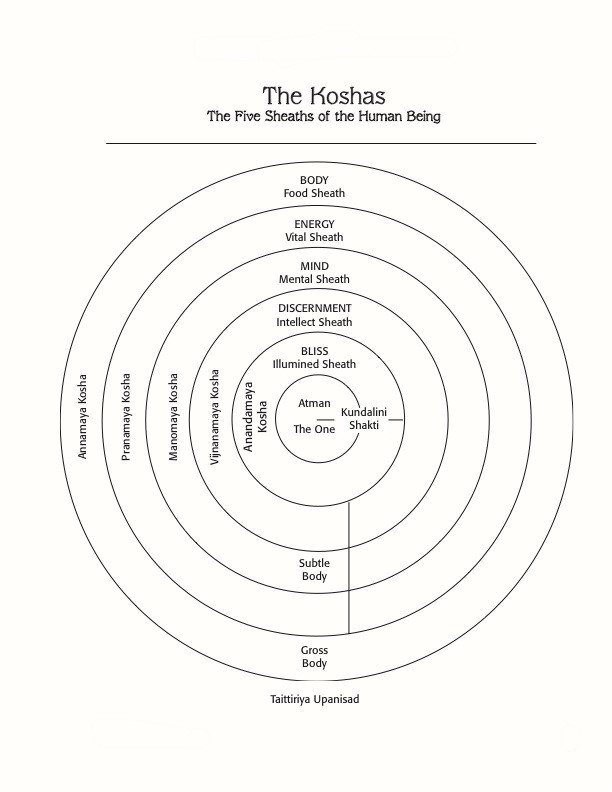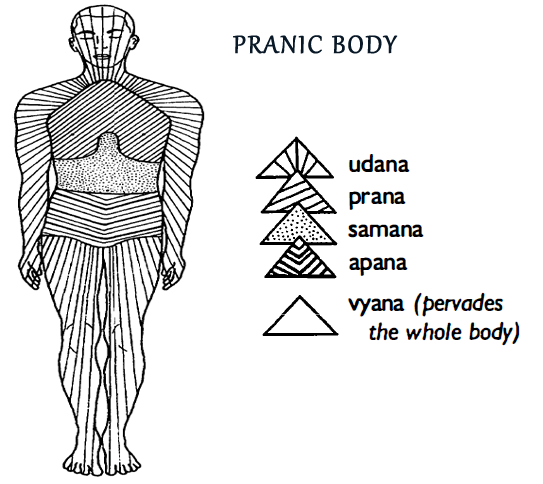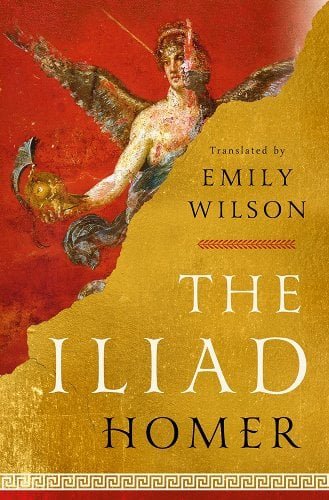May Galaxy Dispatch: Energetic Roadmaps for Self-Verification
Hey Galaxy, we’ve officially been around long enough that I’m doing a repeat of the monthly theme! That actually feels exciting to me, rather than feeling like I’m re-hashing and re-making something that has already been explored. I’m feeling like this May, which is chakra month again (just like May 2023 was), will allow us to delve into different aspects of what I’m actually going to call energetic road maps.
I’m thinking about that little meme that circulated around social media that showed that different people have different ways of connecting the five points that make up a five-pointed star (I’m a 4-1-3-5-2-4 person, myself). I don’t know if the different order, beginning points, directions, and ending points reveal deep secrets about our identities, but I do know that, regardless of the path, we all end up creating the same star.
Which is why the concept of paths, and maps, roadways and desire lines (ugh, don’t get me started on desire lines again) are so endlessly fascinating - you can travel to the same destination by a different path, and end up having an entirely different experience on the way there, based on the routes you choose. And your relationship with where you started from and your eventual destination might change, based on your chosen route.
Although we here in the west have one go-to chakra system that has been adopted and co-opted and standardized in a way that represents it as THE ONE TRUE SYSTEM, that’s really not true to the history of the chakras in the Tantric yoga tradition. And the chakras are just one way of road-mapping the body! In the yoga tradition, we have the Vayus, which are the five winds, and the Nadis, which are the myriad pathways that prana travels, and we have the Marma points, which are little Nadi nodes, and we have the Koshas, which are energetic sheaths… and then, if we look beyond the yoga tradition, we have concepts like Thai Sen lines, and Traditional Chinese Medicine meridians and channels, and even more modern road maps like myofascial meridians as outlined by Tom Myers in his book Anatomy Trains. Speaking of anatomy, the way we separate muscles and muscle groups and the way we separate out the fascial chains and lines that encase the muscle groups - even that is a little bit subjective and prone to change, based on the person who is doing the dissecting and classifying.
Many paths; subject to interpretation. Do they all lead to the same destination? I’m going to say yes. And that destination is: intimate, grounded and self-verified knowledge of ourselves. Here is where I unleash the most anarchic avatar of Yoga Teacher Anna and say that I hate traditional, capital-A Alignment in the modern yoga tradition. I really hate it. I almost always find it unhelpful, changeable in a way that feels arbitrary, and I see it create uncertainty and a dangerous transfer of power in the yoga space time and time again. And as a yoga teacher who loves the human body and who loves to offer alignment guidance and cues about where to place one’s body in space, I’m aware that this is a slightly unresolved place to position myself.
My road to being a teacher who understands the body was a long, torturous, and unexpected one. For many years, I considered myself to be a teacher whose weakest teaching link was understanding how physical body moves, alignment, and anatomy. When I was taking my advanced teacher training, we had these asana clinics, where a few of us would get into the center of the studio space, all take the same pose, and the rest of the trainees and the teacher trainers would have a little dialogue about how we could direct the pose-ers into better alignment. I really sucked at that teaching exercise. When I was looking at these people in yoga poses, all I could think was that they each looked amazing - different, varied expressions of the same pose that I really didn’t want to mess with. And when I was the one in the yoga pose, and those alignment cues started to be directed at me, my experience of creating a pose that had beauty, awareness, energy, breath and devotion - it was crushed and put into a joyless little box of “correct alignment.” I hated yoga in those moments.
But to be really fair to that training program, one of my teachers also said something that I still share with my students today: if you did an entire class where you paid no attention to alignment, but just stayed focused on connecting to the breath, and letting the energy of the breath move through those poses, you’d probably do those poses absolutely perfectly. I don’t think that “perfectly” means that Iyengar would be smiling down on you from the clouds (see pic on left to understand what I’m picturing when I’m picturing Iyengar smiling down from the clouds). I think it means you would be connected and engaged with your body in a way that focusing in and paying gentle attention via mindful breathing engenders.
What I’m really saying, in the most radical, smash-the-oppressive-systems framework, is that your experience of being in your body, with your beautiful mind, and the specific colors of your emotions, and the totally individual path by which those aspects of you come together to form YOU - that is the truest and most reliable and most sustainable teacher of alignment we have. And the decision to give up that power and awareness to an outside eye - even a trustworthy and benevolent outside eye - that is a surrendering of autonomy that I truly never want to be prioritized in my yoga space and in my yoga practice.
And Samkhya philosophy backs me up on this! Samkhya is a dualist tradition of Hindu and yoga philosophy (and one of the systemic philosophical underpinnings of the Yoga Sutras of Patanjali) that loves to classify, index and prioritize. In classifying knowledge, Samkhya philosophy identifies three correct or accepted ways to gain knowledge: Pratyaksa, or direct sense perception, Anumana, or inference, and Sabda, or testimony of sages or texts. These three sources of knowledge exist on equal footing with each other - one is not considered of a higher quality than the other, and all three are necessary for right knowledge and correct perception. What this means to me is that my experience and understanding of being “in alignment” in a pose is just as important for right knowledge and understanding as is the feedback of an outside eye like a teacher. And while I see lots of modern yoga traditions and teacher trainings place emphasis on proper alignment, I don’t as often see modern yoga traditions take time out to prioritize direct experience.
I think that these energetic pathways like the chakras can help us to re-frame and re-prioritize our practice to bring our personal perceptions and experiences back up on equal footing with what we term proper alignment. Because ultimately, there’s no real way to physically locate the heart chakra, or a Sen line, or a Vayu. But I hope you all know the feeling of energy flowing within you through one of these esoteric body road maps, and I hope it leads you to a fuller understanding and prioritization of the importance of your feelings, your perceptions, and you. I hope this provides a verifying anchor within you that helps you to navigate changes, new beginnings, and re-imaginings as you live your life. And if it happens that you realize one day that you’ve become a version of yourself that has molded to someone else’s perceptions of what is right or acceptable - that these energetic road maps will be a part of what leads you back to an experience of self-verification. If you feel like you haven’t gotten to experience that energetic re-prioritization a whole lot, maybe this month in the studio is just what you need.
So I’ll end with this sweet quote from a commencement address by one of my favorite poets, Seamus Heaney. He’s talking about how life necessarily entails starting, and starting again, and starting again. Having a deep connection to one’s sense of self will make the numerous new starts lead to places that feel true. I hope that our awareness and engagement of these energetic road maps will lead us to those places that Heaney describes as “verified” (and that’s where I got the phrase from - thank you Mr. Heaney). Verified by our own brilliant direct perceptions!
“…unless that underground level of the self is preserved as a verified and verifying element in your make-up, you are going to be in danger of settling into whatever profile the world prepares for you and accepting whatever profile the world provides for you. You'll be in danger of molding yourselves in accordance with laws of growth other than those of your own intuitive being.”
Self-Verified and Verifying with y’all!
Anna
What I’m Reading…
I bought myself the Emily Wilson translation of the Iliad for Christmas last year, and I finally have the chance to dive into it. I’m enjoying it because I love the Iliad, and have loved it since I read it with Richard Cameron in my Freshman Honors Great books class at the University of Michigan. But I love this new translation for its vitality, freshness, rawness, and absolutely fantastic pacing. Wilson talks about attempting to translate and keep the meter that most Greek poems are written in - dactylic hexameter. Dactylic hexameter, to me, sounds like horse hooves galloping (dum-da-da, dum-da-da, dum-da-da, dum-da-da, dum-da-da, dum dum, to be exact).
This meter works well with the natural cadence of Ancient Greek, but it really doesn’t work well with the rhythms prevalent in English. So after starting her translation attempting to preserve dactylic hexameter, she trashed her first attempt, and started again, employing the much-utilized and almost instinctive, at this point, meter of iambic pentameter (think Shakespeare rhythms). I love how this highlights how different languagues impart information differently, because the energy and rhythm of each language is unique. And this is why, as yoga people, we need to understand at least a little Sanskrit, and why we OM, and why I chant with you. Language has power and energy, and reading about Wilson’s journey of translating The Iliad really drove home that point.
And I’m in love with Hector. You, too? Email me and let me know if that’s true for you, too.


